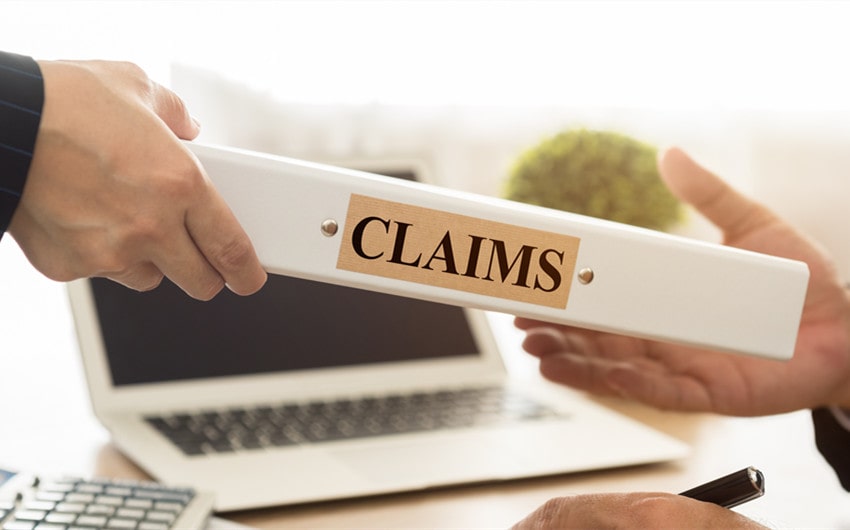Dealing with property damage after a personal injury can be complex and stressful. It’s not just about recovering from your injuries but also about managing the financial implications of the damage to your property. Understanding how to handle these claims is crucial, whether it’s a damaged car, broken personal items, or harm to your home.
This article aims to guide you through managing property damage claims after a personal injury, making it less daunting and more manageable for anyone, especially if you’re going through this for the first time.
Understanding the Injury Claim Process
The journey starts with understanding the injury claim process. This process involves filing a claim with your insurance company or the responsible party’s insurer to cover the cost of your damaged property. It’s crucial to recognize that the process can vary depending on the nature and severity of the damage and the specific circumstances of your injury.
For instance, the process may differ if you’re dealing with a car accident compared to an injury at a business premises. Knowing the right steps to take, who to contact, and what information you will need is the foundation of a successful claim.
Documenting the Damage Thoroughly
One of the most critical steps is documenting the damage thoroughly. This means taking detailed photos of the damaged property from different angles and under good lighting. It’s advisable to do this as soon as possible after the incident to capture the extent of damage accurately.
Additionally, keep a record of any repairs or replacements needed, along with quotes or estimates from professionals. This level of detail in your documentation serves as robust evidence when filing your claim and can significantly impact the outcome.
Knowing Your Insurance Coverage Inside Out
Understanding your insurance policy inside out is essential. Familiarize yourself with the specific terms of your policy:
• What types of damage are covered?
• What are the limits of coverage?
• What deductibles apply?
If the policy language is confusing, don’t hesitate to contact your insurance provider for clarification. Knowing exactly what your policy covers helps make informed decisions and set realistic expectations during the claim process.
Filing the Claim in a Timely Manner
Filing your insurance claim promptly is key. Be mindful of any deadlines for filing claims as specified in your insurance policy. Delaying the claim can lead to unnecessary complications or even denial of coverage. Gather all the required documentation and submit your claim as soon as possible. This speeds up the process and demonstrates your proactive approach to resolving the matter.
Negotiating with Insurance Adjusters Skillfully
Interacting with insurance adjusters is an inevitable part of the claim process. They are tasked with reviewing your claim and assessing the damage. Approach these interactions with honesty, but also be prepared to stand your ground. It’s common for initial offers to be lower than what might cover your losses. Therefore, don’t hesitate to negotiate for a fair settlement. Understand that it’s a negotiation process, and having thorough documentation can strengthen your position.
Seeking Legal Assistance When Necessary
There are instances where the claim process can become highly complicated, warranting professional assistance. If you face obstacles or feel the insurance company is not providing a fair deal, consider consulting a legal expert. A lawyer specializing in property damage and personal injury claims can offer valuable guidance and advocate on your behalf. This is especially crucial in situations where the damage is significant, or there are liability disputes.
Restoring Your Property
Once your claim is settled, restoring your property is the final step. Whether repairing your vehicle, replacing damaged personal items, or fixing parts of your home, ensure that you use reputable services. Keep all receipts and documentation of the repairs or replacements, as these are often required for reimbursement purposes by the insurance company. Getting your property back to its pre-accident state is not just about financial recovery but also an important step in moving forward from the incident.
Navigating property damage claims after a personal injury requires a careful, informed approach. By understanding the claim process, meticulously documenting the damage, comprehending your insurance coverage, filing claims promptly, effectively negotiating with adjusters, seeking legal help when needed, and efficiently repairing or replacing your property, you can confidently manage this challenging time.
Remember, staying informed, organized, and proactive is key to ensuring you receive the rightful compensation for your damaged property.

